A camera isn’t just a piece of tech; it’s a gateway to capturing life’s moments. Ever since the invention of the first camera, photography has evolved massively. From grainy black and white pictures to today’s vibrant digital captures, cameras have come a long way.
Choosing the right camera can make a world of difference. Whether you’re immortalizing your best friend’s wedding or snapping shots of your travel adventures, the right gear matters. The market is flooded with options; knowing which type suits your needs is crucial.
So, what types of cameras are out there? We’ll cover the heavy-hitters (DSLRs), the sleek and modern (mirrorless), the handy and portable (compact and point-and-shoot), and the niche but really cool specialty cameras. Each has its own perks and quirks, making them suitable for different situations.
Starting with DSLRs, these are your go-to for professional-level photography. They’re a bit bulky but offer fantastic image quality and flexibility.
Then, there’s the mirrorless category, which packs a punch with a more compact form factor. These are great if you’re looking for something versatile but less cumbersome.
Compact and point-and-shoot cameras are perfect for casual users. They fit in your pocket and are incredibly easy to use, but don’t let their size fool you—they can take some stunning shots.
Lastly, specialty cameras cater to specific needs. From capturing your action-packed adventures to creating instant prints, these cameras have got you covered.
Understanding these basics will set the stage for diving into the specifics of each type. So, let’s dig in and figure out which camera will best capture your world.
Digital Single-Lens Reflex (DSLR) Cameras: The Workhorse of Professional Photography
DSLR cameras remain a favorite for professionals and serious hobbyists. Their robust build and versatile functionality make them indispensable in various shooting scenarios. Key features of DSLRs include interchangeable lenses, optical viewfinders, and larger image sensors, all of which contribute to higher image quality.
One standout aspect of DSLRs is their ability to swap lenses, allowing you to adapt to different shooting conditions. Whether it’s a fast-paced sports event or a serene landscape, there’s a lens for that. Optical viewfinders offer a direct through-the-lens view, providing more accurate framing and focus.
Advantages of DSLRs include superior battery life and better performance in low-light conditions. They are also rugged and built to withstand harsh environments, making them ideal for outdoor photography. However, they tend to be bulkier and heavier than other camera types, which can be a downside if you’re looking for something more portable.
Some of the most popular brands and models in the DSLR world include Canon’s EOS series, Nikon’s D series, and Sony’s Alpha series. Each of these lines offers a range of cameras catering to different needs and budgets. From entry-level models for beginners to advanced bodies for seasoned pros, there’s a DSLR for everyone.
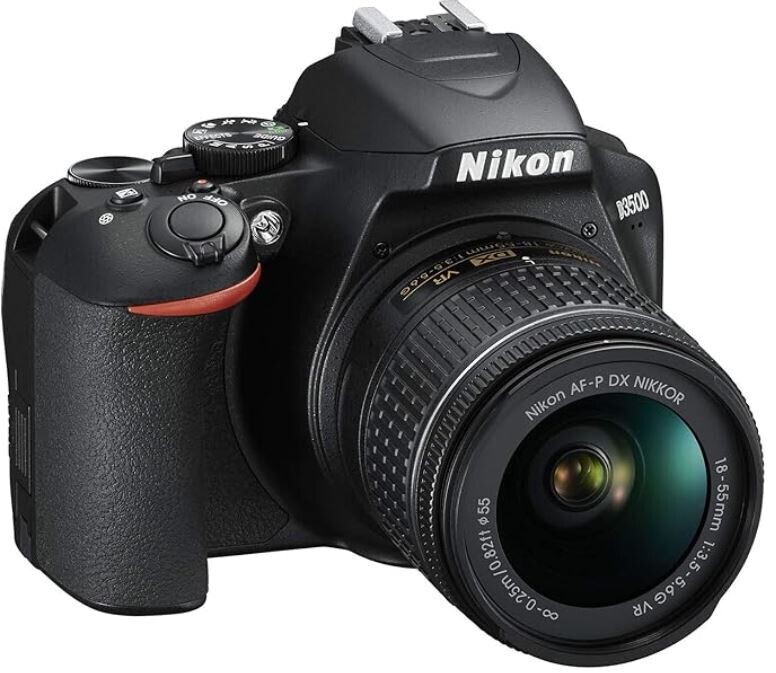
Who should use a DSLR? If you’re someone who’s serious about photography and wants a tool that offers both flexibility and high-quality results, a DSLR might be your best bet. They’re excellent for a wide range of photography styles, from portraits to landscapes to action shots.
To get the most out of your DSLR, pair it with quality lenses and accessories. A good tripod can make a difference in stability, while various filters can enhance your shots in different lighting conditions. Regularly updating firmware and practicing different shooting techniques will also help you master your craft.
Mirrorless Cameras: The Modern Powerhouse
Mirrorless cameras have been shaking up the photography world with their advanced technology and compact design. Unlike DSLRs, these cameras don’t have a mirror mechanism, which contributes to their lighter weight and smaller body. They utilize an electronic viewfinder or the LCD screen for composing shots, providing a digital preview that many find quite convenient.
These cameras are known for their blend of portability and performance. Key features include interchangeable lenses, high-quality image sensors, and a video-friendly design, making them a favorite among vloggers and filmmakers. Mirrorless systems also offer speedy autofocus, which is fantastic for capturing moving subjects.
Comparing mirrorless cameras to DSLRs, you’ll notice they both offer top-notch image quality but go about it differently. Mirrorless models often boast better video capabilities, making them ideal for those who dabble in videography alongside photography. They’re also more portable, which is a plus if you’re always on the move.
Pros of mirrorless cameras include their lighter weight, electronic viewfinders, and generally quieter operation. On the flip side, their battery life might not be as impressive as that of a DSLR, and some models can be pricey.
When it comes to top models, you can’t ignore options like the Sony Alpha series, Fujifilm X series, and the Canon EOS R line. These cameras offer cutting-edge features that cater to both amateur and professional photographers.
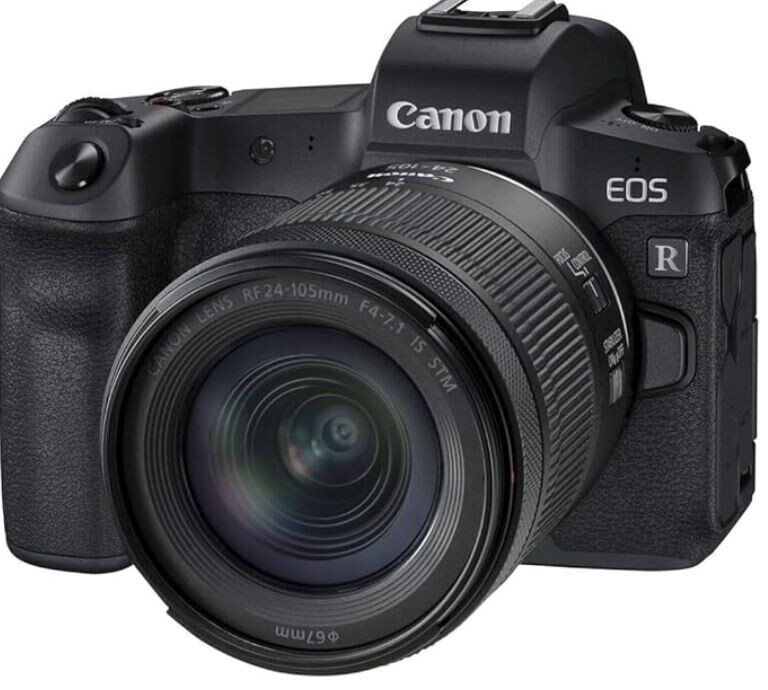
Ideal users for mirrorless cameras range from travelers looking to pack light to professional photographers requiring high-quality gear. If you’re into both photography and videography, these cameras strike a good balance.
Compact and Point-and-Shoot Cameras: Portability and Ease of Use
Compact and point-and-shoot cameras are perfect for those who prioritize convenience without sacrificing too much on quality. These cameras are designed to be portable, making them great for spontaneous shooting scenarios. Unlike DSLRs and mirrorless cameras, they have fixed lenses, which eliminates the need to carry extra gear.
The main features of these cameras include automatic settings that make capturing good photos a breeze. Many models come with zoom capabilities that allow for decent close-ups and wide-angle shots. They’re also incredibly straightforward to use, which appeals to beginners and casual photographers.
In terms of scenarios where they excel, think of moments when you’re traveling, attending social events, or just need something quick and easy to pull out of your bag. They fit easily into your pocket or purse, making them the perfect on-the-go companion.
Pros of compact and point-and-shoot cameras are their portability, simplicity, and affordability. However, they may not offer the manual controls or high image quality that more advanced photographers seek. Despite this, their convenience often outweighs these limitations for many users.
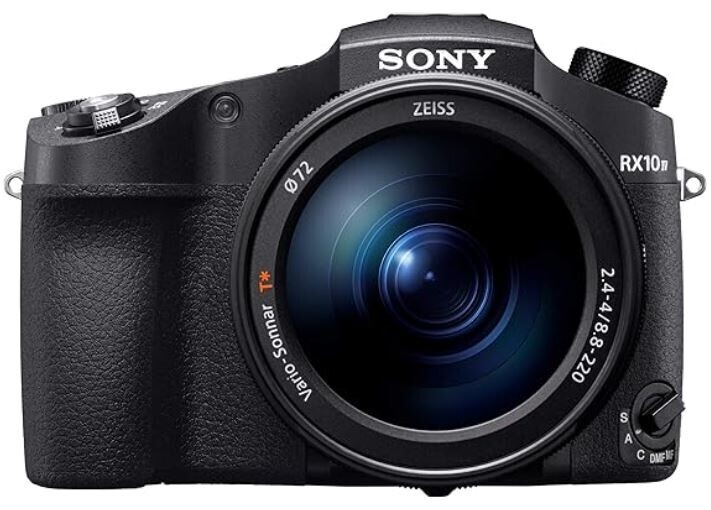
Leading models on the market include the Canon PowerShot series, Sony’s Cybershot line, and Nikon’s Coolpix range. These cameras are well-regarded for their reliable performance and range of features that cater to different needs.
Who benefits most from using these cameras? If you’re someone who loves capturing memories without getting bogged down by technical settings or extra equipment, a compact camera is your best friend. They’re also ideal for kids or older adults who want to keep things simple while still enjoying photography.
Specialty Cameras: Unique Tools for Unique Needs
Specialty cameras cater to specific photography and videography needs that other types might not fully address. These cameras come in various forms, each designed for particular scenarios or creative goals. From capturing fast-paced action to producing instant prints, there’s a specialty camera for almost every niche.
One popular type is the action camera. Compact, rugged, and often waterproof, action cameras like the GoPro are fantastic for adrenaline junkies capturing extreme sports or underwater adventures. They’re designed to be mounted on helmets, surfboards, or even drones, providing the flexibility to shoot from unique angles.
Then there’s the 360-degree camera, which is a game changer for immersive photography and videography. These cameras capture the entire surroundings in a single shot, making them ideal for virtual reality content, real estate tours, or interactive social media posts. Leading models include the Insta360 and the Ricoh Theta series.
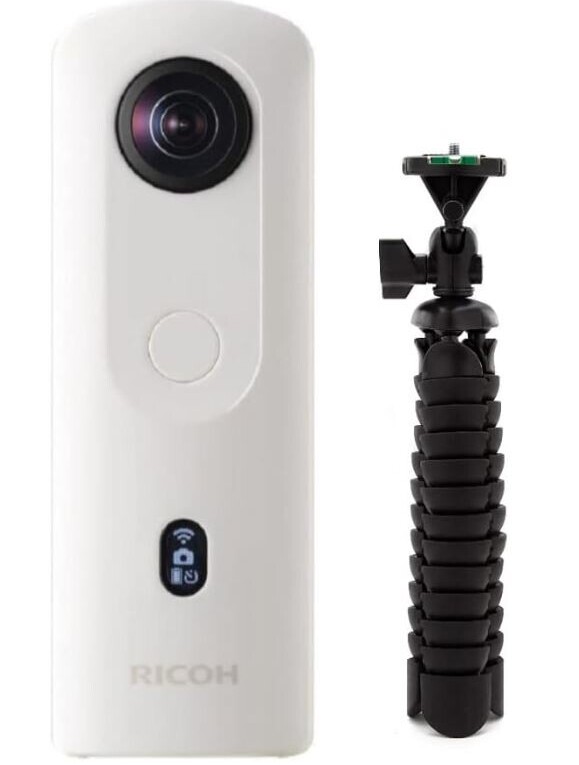
Instant cameras, like those in Fujifilm’s Instax line, are all about quick and tangible outputs. They’re perfect for parties, weddings, or any event where sharing physical photos on the spot adds a fun element. Plus, there’s a nostalgic charm in holding a freshly printed photo.
Each specialty camera has its own set of pros and cons. Action cameras are durable but might lack advanced manual controls. 360-degree cameras offer a unique perspective but can be challenging to edit. Instant cameras provide immediate gratification but usually don’t match the image quality of other types.
Who should invest in specialty cameras? If you’re into specific activities like extreme sports, virtual reality content creation, or just want to add an instant photo-sharing element to your gatherings, these cameras are worth considering.
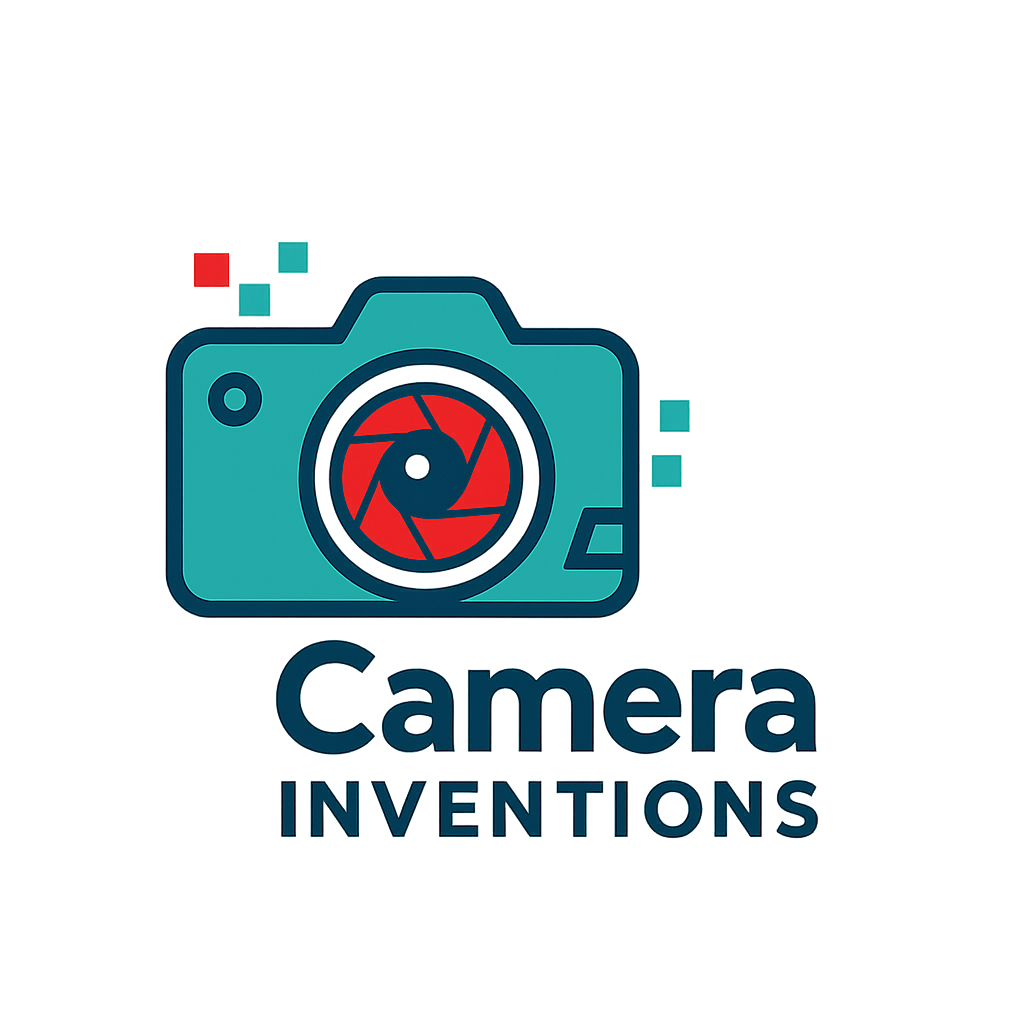

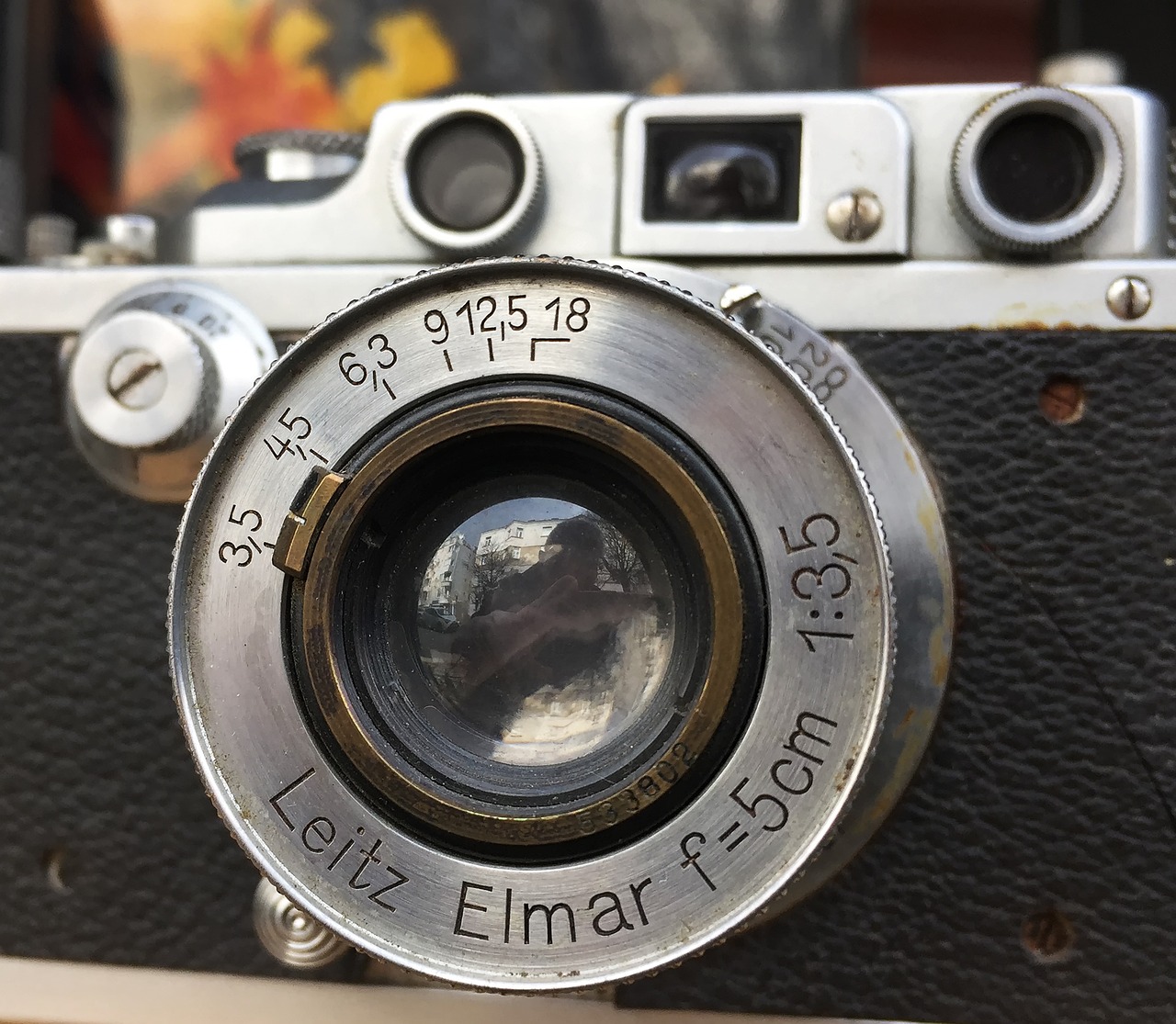
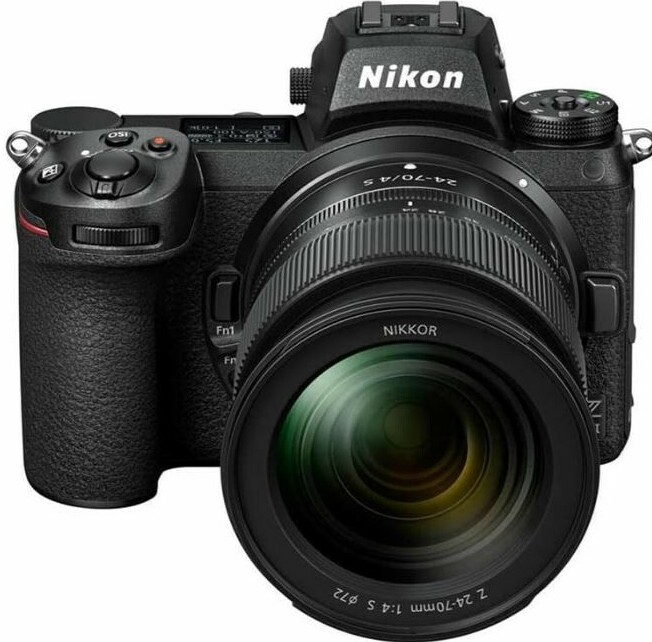
I found the comparison of camera types really informative! I never knew DSLR meant Digital Single-Lens Reflex until I researched it. It’s interesting how each type fits different purposes and audiences. For those with experience using multiple types of cameras, I’d love to hear your thoughts on preferences. The advancements in mirrorless technology seem significant, and it’s good to know about the continued demand for DSLRs among professionals, especially for amateurs like me.
I totally agree—camera types can be so interesting once you dive into them! I had the same “aha” moment about what DSLR stands for. It’s cool how different types work better for certain purposes. Mirrorless cameras are definitely making waves, but it’s good to know DSLRs are still a strong choice for pros. I’d love to hear from people who’ve used both too. It’s always nice to get some insight from those with more experience!